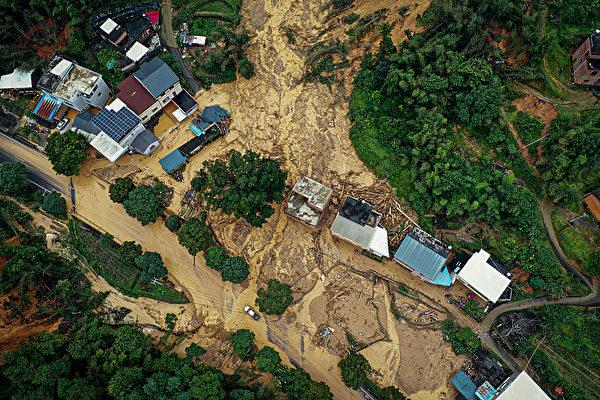Severe flooding has caused widespread devastation across southern China, affecting more than six provinces and regions. On June 20, torrential rains struck Huangshan, a tourist city in Anhui, triggering floods that swept away homes and vehicles, with many individuals reported missing. Weather forecasts indicate persistent heavy rainfall in the area. Some residents say that despite the scale of the disaster, it has failed to gain significant traction on Weibo, China’s state-controlled social media platform.
Heavy rainfall in Huangshan has resulted in severe urban flooding, as reported by The Paper, a Chinese state-run media outlet. Villagers have recounted numerous houses being washed away, along with reports of several missing individuals. The situation has left the entire town without power and internet connectivity.




